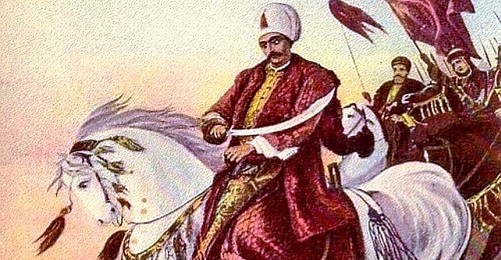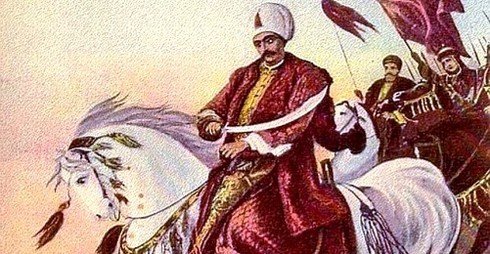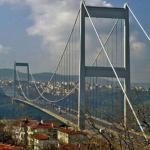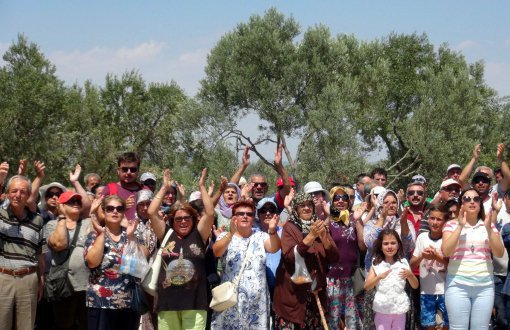
The denomination of Istanbul’s third bosphorus bridge engendered discussion in Turkey.
Turkey’s top officials including President Abdullah Gül and Prime Minister Recep Tayyip Erdoğan participated this morning to the groundbreaking ceremony of Istanbul’s third bosphorus bridge which was named after Yavuz Sultan Selim, as known as Selim the Grim among western historians.
Erdoğan Aydın, a historian and researcher on Turkey’s Alevis, told bianet that Ottoman Sultan Selim the Grim marked the symbol of the annihilation of Alevis - a group that constituted half of Anatolian population in the 16th century.
“After Selim, annihilation of Alevis said to be legitimate”
Aydın explained bianet what Selim the Grim meant for Alevi people:
"Selim is one of the most prominent symbols of despotism that was inherited from father to son in conquest-based empire. This rulership inevitably sought to dominate its neighboring peoples including Christians and Muslims.
“In the same way, this power would not let any faiths other than it own, especially Alevi faith that incorporated a culture of reflection and objection.
“For this reason, Selim’s assimilation and annihilation politics on Alevi Turkmens and Kurds was not a result of the opposition between Ottomans and Safavis, but a result of this domination dynamics. Therefore, Sultan Selim the Grim marked the symbol of the annihilation of Alevis - a group that constituted half of Anatolian population in the 16th century.”
“Thus, religious clerks [şeyhülislam] during and after Selim the Grim’s rule wrote fatwas [islamic statements] that legitimated the annihilation of Alevis people of all ages departing that they had a different faith [than Islam]. This situation went as far as Abu Saud Efendi, the şeyhülislam of Suleiman the Magnificent who wrote death fatwas against those who read the poetry of humanist Yunus Emre.
"Sign of no peace at home, peace outside”
Aydın explained the reasons behind current government’s choice to name the third bridge as follows:
"Turning the names of monarchy to heroic figures in an environment where we seek a modern and democratic mentality demonstrates how our future is being desired to be put on an antidemocratic axis. Democratic governments usually choose the names of scientists or those who served largely to the improvement of humanity.
“They know that these symbolisms aim to demonstrate what direction the society is desired to be moulded upon. Naming the bridge as Selim shows the fact that the incumbent government was unable to accept no peace at home, nor outside. For instance, it became clear that Turkey’s foreign policy on Syria reflected the neo-Ottoman mentality towards Selim’s path.” (NV/BM)











